Two-Axe Earley spent over two decades fighting against the sex discrimination in the Indian Act, which stripped Indian women of their Indian status if they married non-Indian men. On June 28, 1985, Canada passed Bill C-31, an amendment that restored Indian status to women who had lost it through marriage.
Over her career, Horn has produced painting, jewellery and graphic art. She learned to make jewellery — including beaded earrings and bracelets, and as well as Nez Perce-style and breastplate necklaces — from her mother. She also designs fanciful, craft-beer labels for local companies.

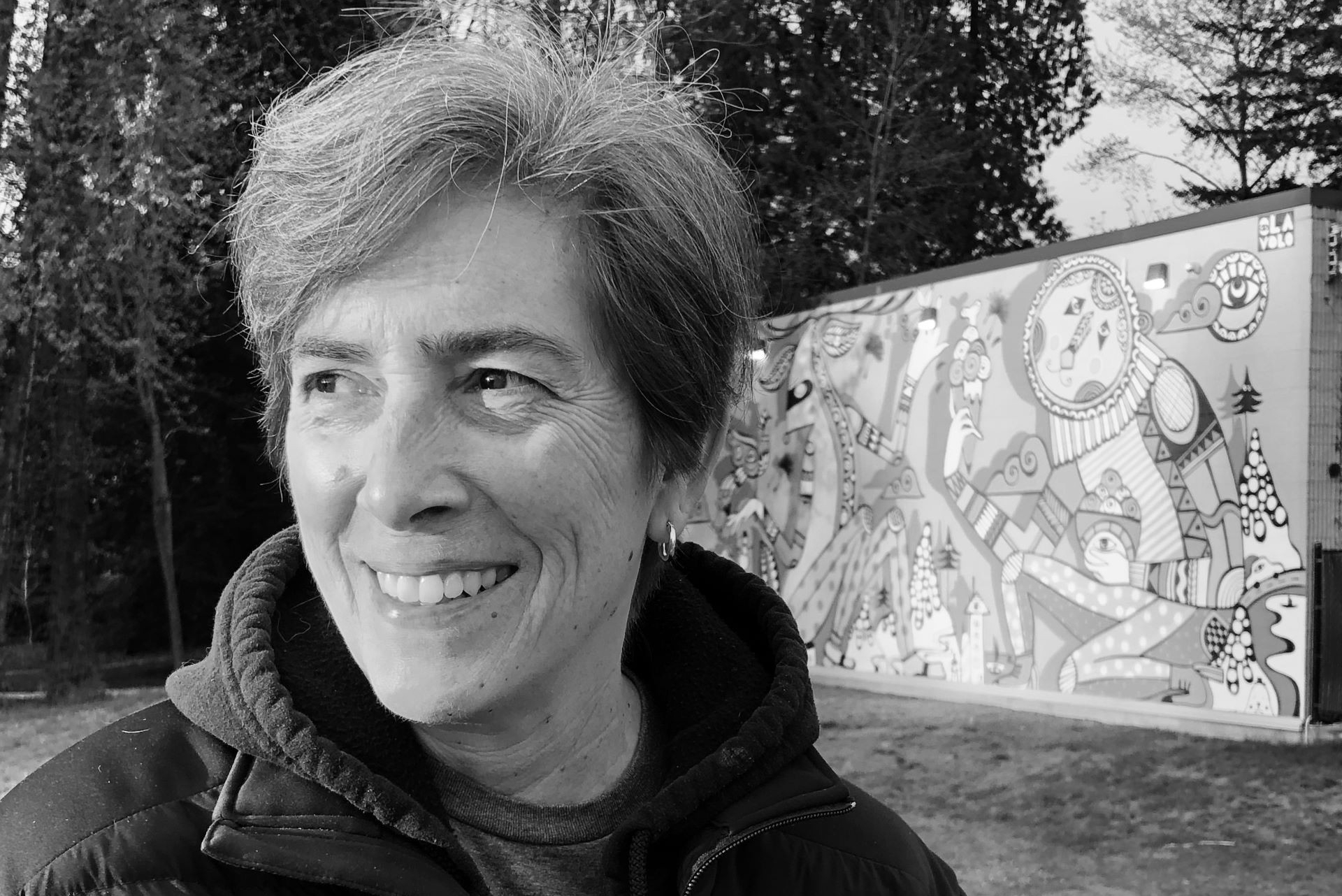 “I guess it’s my own way of sorting things out. I’m not a writer, so this is how I make sense of things,” says Mohawk artist, illustrator and designer Star Horn, BFA 92.
“I guess it’s my own way of sorting things out. I’m not a writer, so this is how I make sense of things,” says Mohawk artist, illustrator and designer Star Horn, BFA 92.
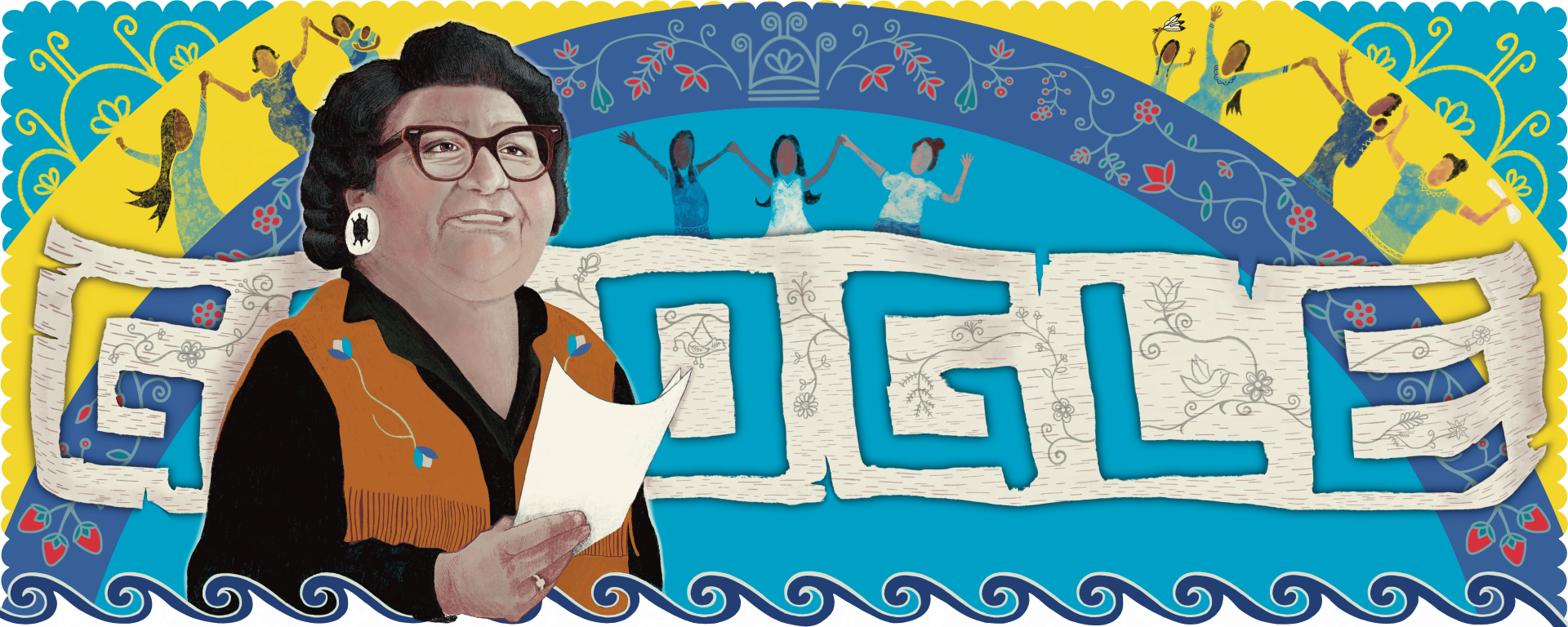 When Google published Horn’s creation on June 28, 2021, the artist was surprised by the reaction. "Google said it was one of their most viewed doodles. People were proud her story was being told."
When Google published Horn’s creation on June 28, 2021, the artist was surprised by the reaction. "Google said it was one of their most viewed doodles. People were proud her story was being told."
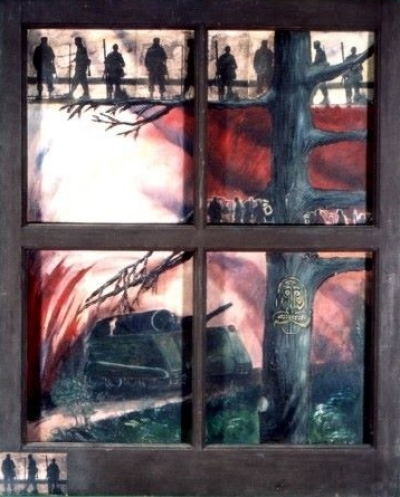 “Outside my Window” (1990) depicts Horn's view of the Oka Crisis, which was unfolding that summer, from the window of her house on the outskirts of Kahnawake.
“Outside my Window” (1990) depicts Horn's view of the Oka Crisis, which was unfolding that summer, from the window of her house on the outskirts of Kahnawake.
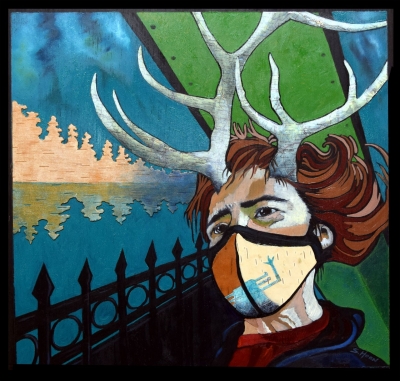 “My 2020” (2020)
“My 2020” (2020)
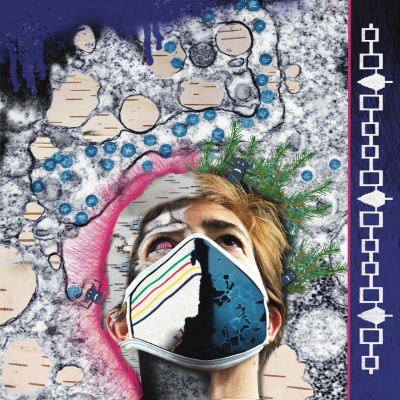 “COVID Me” (2021)
“COVID Me” (2021)